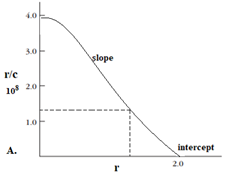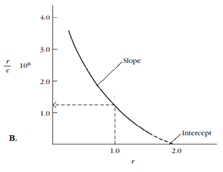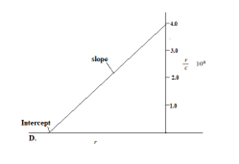TLS Online TPP Program
More Questions
TLS Online TPP Program
#Question id: 19024
#SCPH01 Biochemistry
Computational tools that are used for the alignment of multiple sequences-
TLS Online TPP Program
#Question id: 19024
#I Life Science/ Life Sciences Group – I-V
Computational tools that are used for the alignment of multiple sequences-
TLS Online TPP Program
#Question id: 19108
#SCPH12 I Genetics
Assume that mating is random. Colorblindness is an X-linked recessive trait that is found in about 5 percent of males. What fraction of females are heterozygous carriers of the colorblindness allele?
TLS Online TPP Program
#Question id: 19109
#SCPH12 I Genetics
Assume that mating is random. Colorblindness is an X-linked recessive trait that is found in about 5 percent of males. What fraction of females are homozygous for the colorblindness allele?
TLS Online TPP Program
#Question id: 19110
#SCPH12 I Genetics
If the frequency of PKU among newborns is approximately 1/10,000 (when the parents are unrelated). What is the risk of a child with PKU if the parents are siblings?
TLS Online TPP Program
#Question id: 19123
#SCPH01 Biochemistry
What is a Biosensor?
1. Device which employs a biological material to specifically interact with an analyte
2. Physical change measured and converted into an electrical signal
3. Device which separate analytes
Which of the following above statements are true for biosensor?




